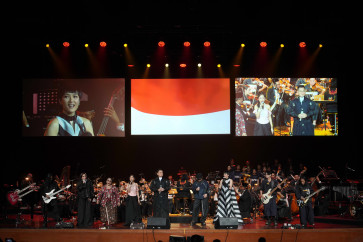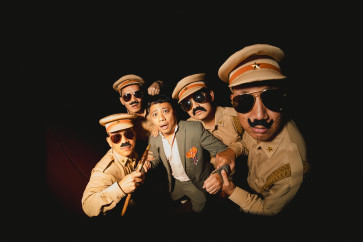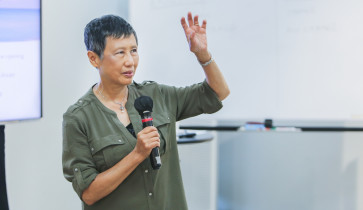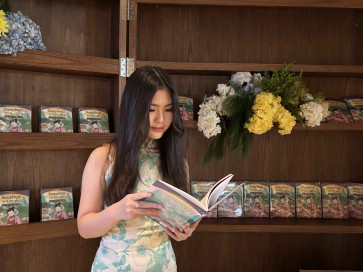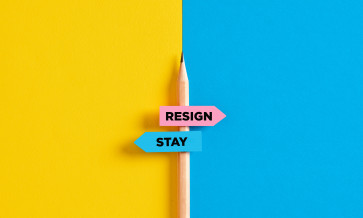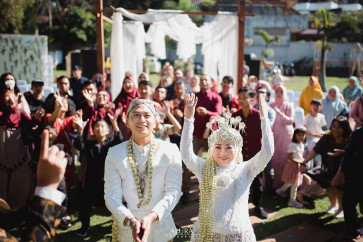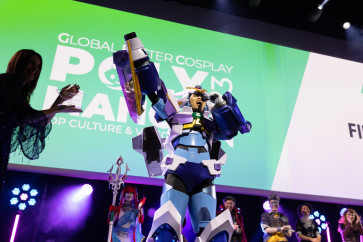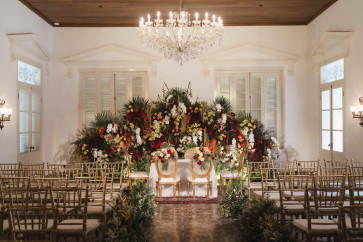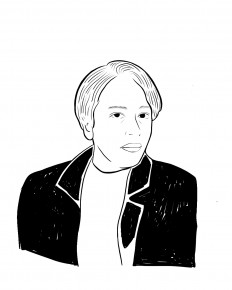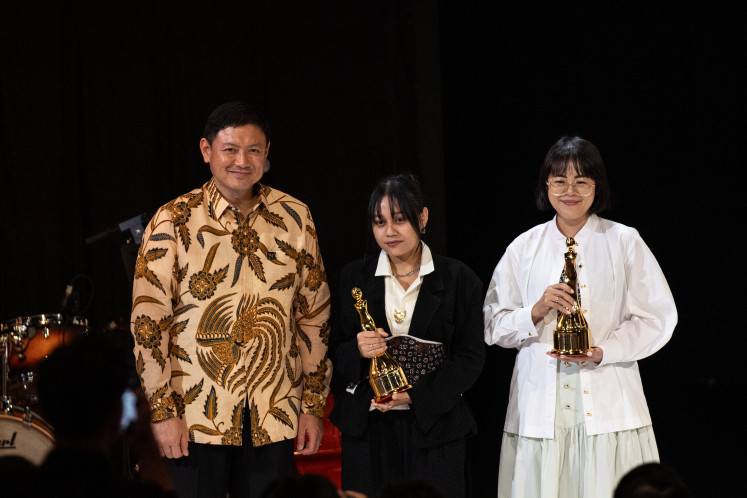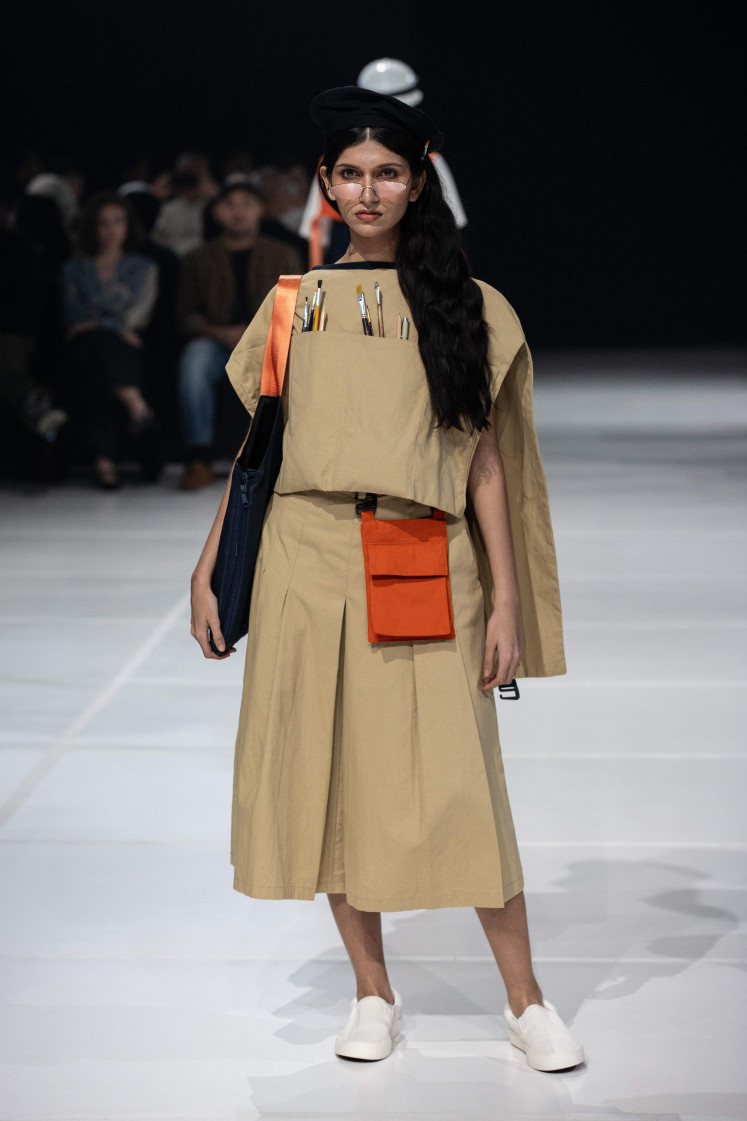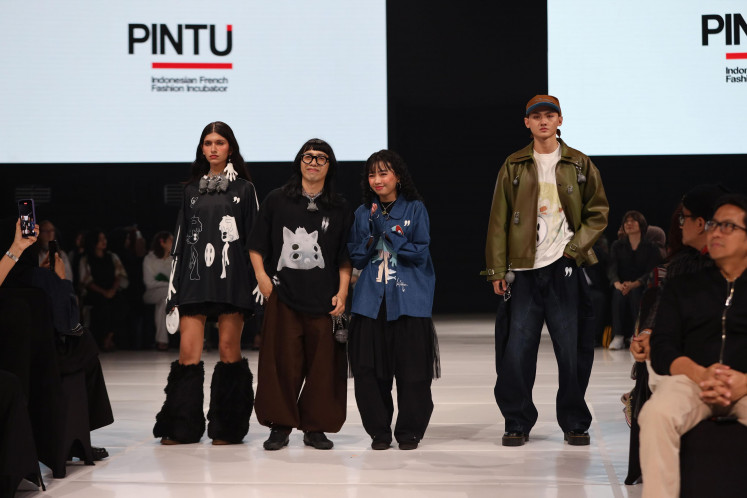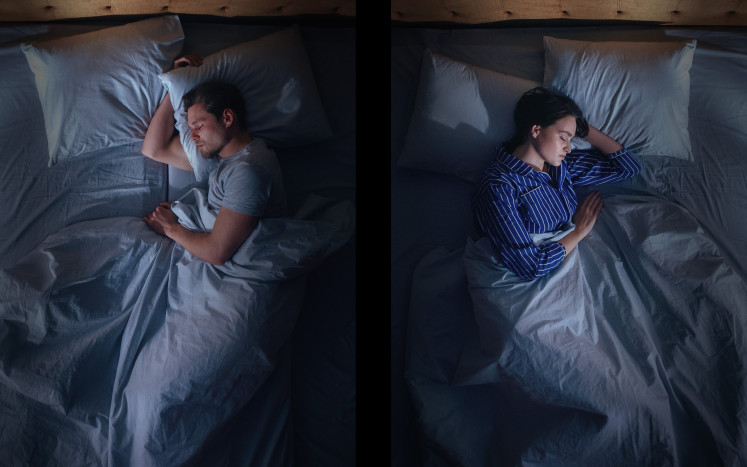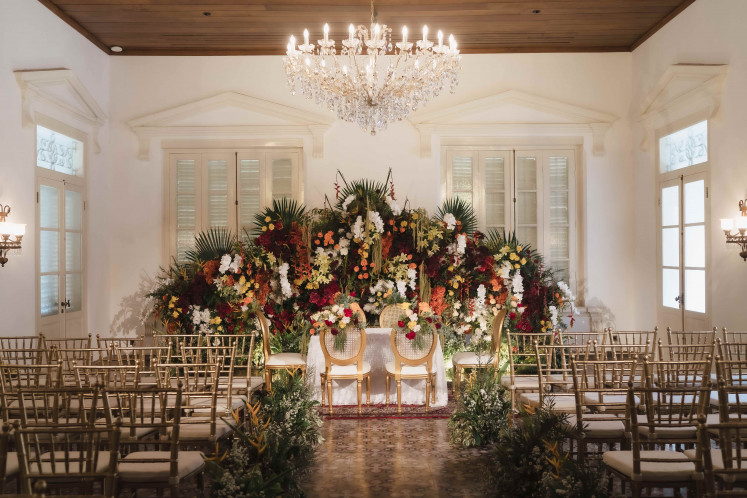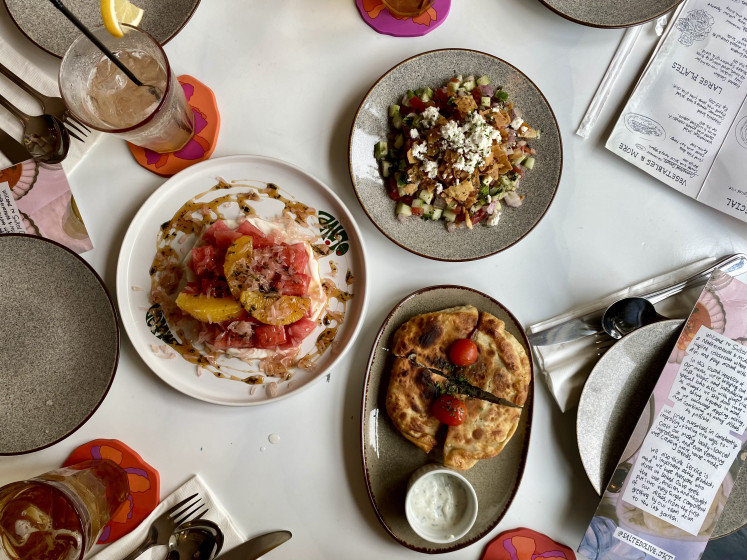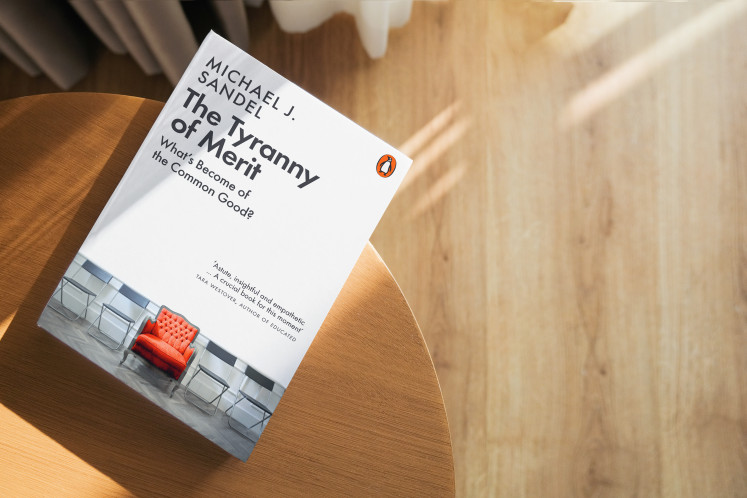The final parade of JF3’s ASEAN Fashion Designers Showcase (AFDS): “Myths, Majesty, & Midsummer: A Southeast Asian Couture Odyssey” is seen on July 26 at Summarecon Mall Kelapa Gading, North Jakarta.
Whenever you find yourself wandering inside one of Jakarta’s myriad malls, you can’t miss the lure of international fashion. From fast fashion staples to heritage-driven luxury houses, global labels have become the go-to for urbanites looking to refresh their wardrobe, payday or not.
It’s ironic. Indonesia not only boasts rich textile traditions, but also manufactures for many of these international brands. Yet homegrown brands rarely enjoy the same global spotlight.
“A lot of the practices in the Indonesian fashion industry are simply insufficient to break into the international market,” says Thresia Mareta, founder of LAKON Indonesia and advisor to the JF3 Fashion Festival.
“If we continue to stay in our comfort zone and do business as usual, that would be enough for the present, but not for the future.”
It’s a point as sharp as a tailor’s shears, and one that spearheads JF3’s ethos, particularly this year’s theme of “Re-Crafted: A New Vision”.
Now in its third decade, the festival calls on Indonesian designers to push boundaries, innovate and transform while staying rooted in their cultural heritage.

Thank you!
For signing up to our newsletter.
Please check your email for your newsletter subscription.
“We believe fashion is not just about the object,” Thresia adds.
“It encompasses language, heritage, art, norms, ethics and knowledge with craftsmanship at its core. But for tradition to live on, it must evolve.”
Growing industry, growing pains
Indonesia has long been a production hub for global brands, and its creative economy is now a pillar of growth.
In 2024, the sector contributed approximately Rp 1.53 trillion to the national GDP. The same year, Indonesian creative exports reached more than US$25 billion, a 67 percent year-on-year increase from 2023, dominated by fashion, crafts, culinary and publishing.
The 2025-2029 National Medium-Term Development Plan (RPJMN) is equally ambitious: targeting an 8 to 8.4 percent GDP contribution from the creative economy, a 6 percent rise in its exports, an 8 percent boost in investment into the sector and a workforce of nearly 28 million.
But numbers don’t tell the full story.
Thresia asks a pointed question: How many Indonesian designers can actually live off fashion alone?
Too many, she notes, juggle side gigs as content creators just to survive. Only a few can build the kind of brand identity strong enough for international recognition.
”We also have to look at the collections presented every year, like the number of collections and whether they have built an identity worthy of their fashion house,” Thresia says.
“That’s what we need to address and discuss collectively so that our fashion industry can move forward.”
To that end, JF3 has positioned itself as more than an annual fashion bonanza. A key priority is to nurture the next generation of fashion players through JF3’s Future Fashion Award, which provides funding and mentorship for two emerging labels selected via a proposal-based process.
Soegianto Nagaria, the chairman of JF3, joins Desi Dwi Lestari of iii and Frederika Cynthia Dewi of FREDERIKA, recipients of the Future Fashion Award on July 24 at Summarecon Mall Kelapa Gading, North Jakarta. (Courtersy of JF3)
This year’s recipients, FREDERIKA by Frederika Cynthia Dewi and iii by Desi Dwi Lestari, will receive intensive guidance from LAKON Indonesia to refine their brand’s execution, strengthen production capacity and build robust business systems.
Opening doors to Paris
JF3 also runs PINTU Incubator, now in its fourth year, which connects young Indonesian and French designers with institutions, experts and creative networks from both countries.
Since its 2022 launch, PINTU has drawn over 10,000 applicants, incubated 51 brands and partnered with 86 mentors, including 33 experts from France.
The payoff? Access to Paris.
Under PINTU, Indonesian designers gain entry to the Premiere Classe trade show in Paris, France, held during Paris Fashion Week.
This year, six homegrown labels, CLV, Dyah Sejiwa, Lil Public, Nona Rona, Rizkya Batik and Denim It Up, took to the JF3 stage on July 27. Denim It Up and Lil Public were tapped to showcase in Paris this October.
Denim It Up presents its collection during PINTU Incubator’s show at La Piazza Fashion Tent, Summarecon Mall Kelapa Gading, North Jakarta, on July 27. (Courtersy of JF3)
The exchange goes both ways. Rising French designers Kozue Sullerot and Priscille Berthaud joined JF3’s inaugural residency, interning at LAKON Indonesia to co-create a cross-cultural collection that will debut both at the LAKON Store and Premiere Classe trade show.
Why global matters
For many Indonesian brands, going international is more than prestige and bragging rights. Beyond color swatches and hemlines, it’s about survival in a hyper-competitive industry.
Clavi Kirana, founder and creative director of CLV, says brands would benefit from benchmarking themselves against the international market to see how far they’ve come and what steps they need to take to flourish.
“If we were to just compare ourselves locally, it’s the same things over and over again,” she says.
On the fourth day of JF3 2025, CLV showcases its “artwear” pieces after completing the PINTU Incubator Participants X École Duperré, Paris program at La Piazza Fashion Tent, Summarecon Mall Kelapa Gading, North Jakarta. (Courtersy of JF3)
CLV recognizes that trends are essential, especially to stay relevant. But as an “artwear” label, the brand limits the influence of trends to 10 to 20 percent; the rest of its collection is anchored in core identity.
“There are a lot of new brands selling regular t-shirts and trousers. I’m not saying it’s right or wrong, but the fashion industry at large could benefit from more labels distinguishing themselves from others,” Clavi elaborates.
“I personally would love to see more Indonesian brands showcasing their own distinct brand identity.”
Muhammad Hafiz, founder of Lil Public, agrees. His collections draw from playful Japanese food-inspired characters, such as nori-ben, sushi and nabeyaki udon into colorful monsters. The core inspiration comes from the works of Japanese novelist Hisashi Kashiwai.
“Before looking into trends, we need to have a strong enough DNA,” Muhammad says.
“Whatever the trend may be, like streetwear, officewear or gorpcore, we can incorporate them freely if we have the foundation.”
Lil Public designers pose with models after the PINTU Incubator Participants X École Duperré, Paris parade show at La Piazza Fashion Tent, Summarecon Mall Kelapa Gading, North Jakarta. (Courtersy of JF3)
Both designers agree that programs such as PINTU help emerging labels beyond survival, providing curation, mentorship and cultural exchange alongside global exposure.
Still, Thresia stresses that true validation lies abroad: “In the fashion world, fashion is fashion. There is no such thing as fashion that is Indonesian fashion with Indonesian standards.”
“Real recognition comes when we are strong enough and worthy of it, it’s not about creating our own little bubble where we collectively decide to recognize each other.”
Josa Lukman is an editor and head of the Creative Desk at The Jakarta Post. He is also a margarita enthusiast who chases Panadol with Tolak Angin, a hoarder of former "it" bags and an iced latte slurper.




